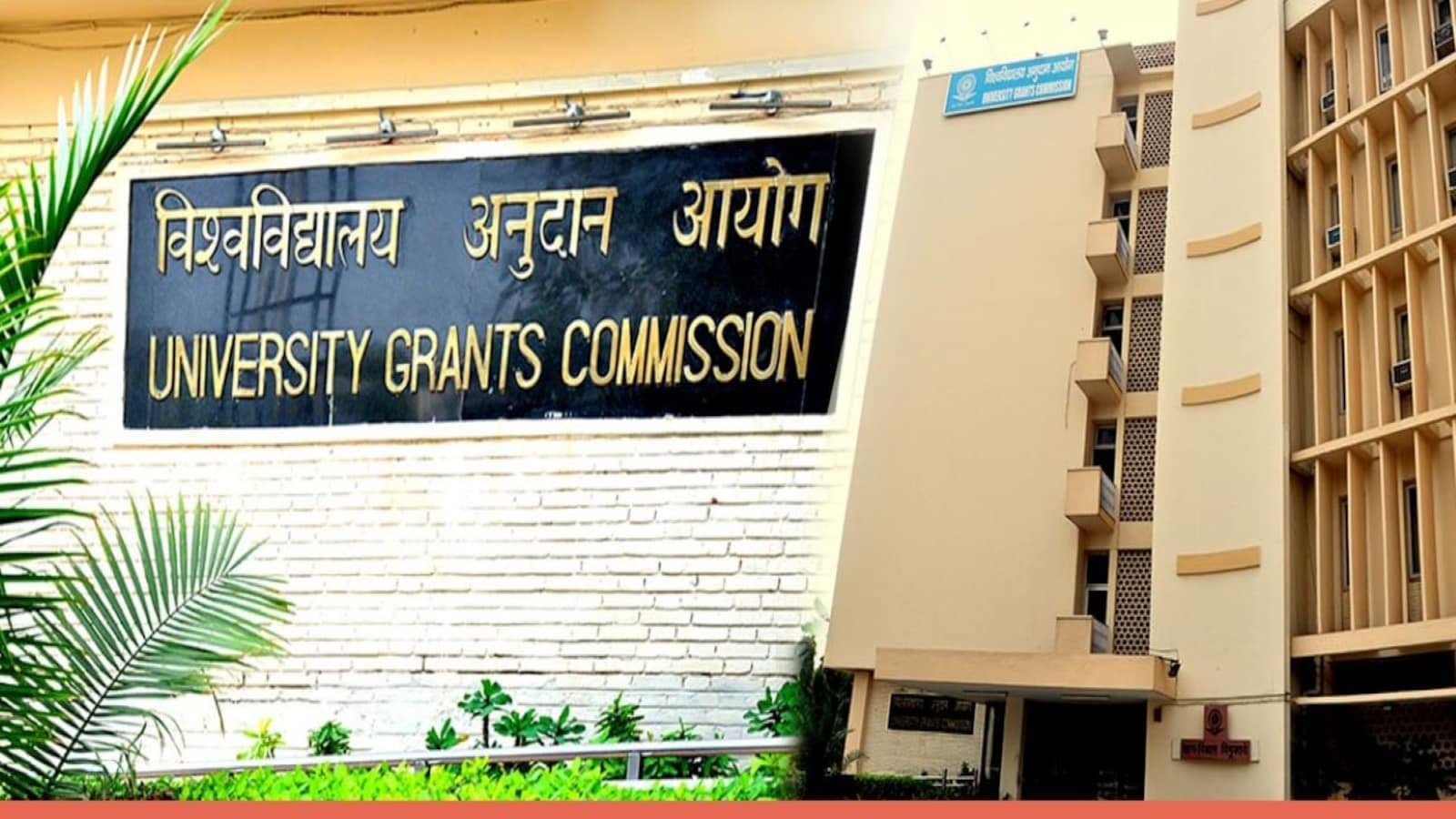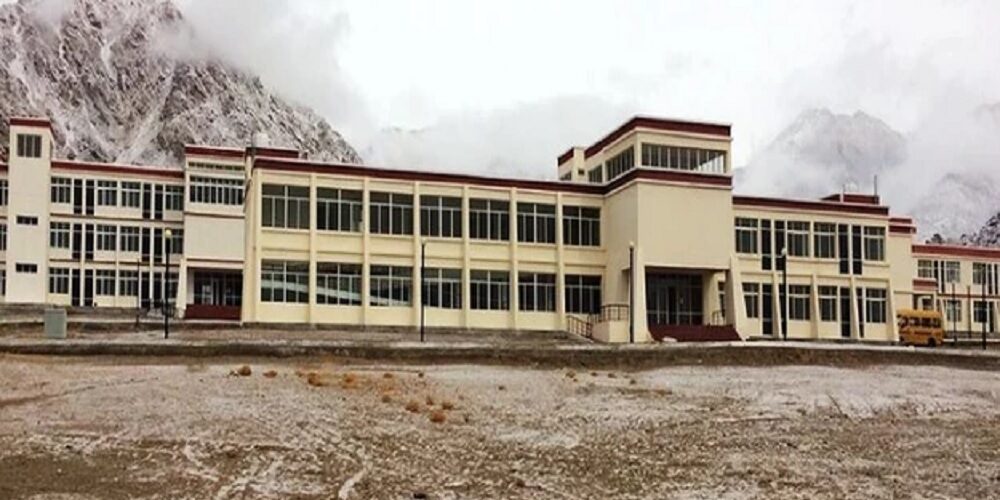Traditional university structure tends to silo knowledge into little packets of faculty-based phenotypes. Although departmental expertise brings depth, it can also become a barrier to addressing complex problems that need system-wide solutions. Realizing the constraint, the UGC (University Grants Commission) of India took a remarkable initiative on the guidelines focused on promoting interdisciplinary research in universities all over India.
Why Interdisciplinary?
The world faces increasingly complex and inter-related pressing challenges such as climate change, pandemics, social inequality, or technological disruptions to which traditional disciplinary approaches contribute only in part. Research that promotes teamwork across different disciplines produces results from many perspectives, which typically foster more innovative and effective responses to both traditional and new challenges.
“And even if the best ones don’t accomplish as much on their own, no one discipline can tackle the world’s largest challenges. Climate change is a great example when discussing climate scientists and engineers but also economists and social scientists.” At the same time, there are many matters such as antibiotic resistance or cyber security which require interdisciplinary skills involving those with knowledge of biology and medicine as well as computer science and law.
The UGC’s New Guidelines
The UGC’s new guidelines also provide several measures for increasing interdisciplinary research in Indian universities. These include:
- Funding incentives 3.1 UGC will provide additional research grants to those projects involving significant interdisciplinary elements. This was meant to act as a financial incentive for researchers in different departments and fields of study to work together.
- Seed Funding to Support Exploratory Research: Seed funding will be provided for exploratory research projects that link one discipline with another. “The idea is to use this initial funding as seed money for scientists to work up new ideas and pilot projects rather than submitting applications asking for many millions of dollars from the outset,” Dr Temple said
- Interdisciplinary Research Centers: UGC has also invited universities to establish exclusive interdisciplinary research centers. It will also provide the physical space and intellectual environment to enable researchers from different disciplines to come together, share ideas, and develop new collaborative projects.
- Faculty Development Program: These guidelines focus on the need for faculty development programs that make researchers proficient in skills essential for interdisciplinary work. [17] communication work on the horizon could deal with any situation that includes different interdisciplinary, interprofessional groups, or a project given to such gathering. and supporting interdisciplinary teams.
- The UGC urges universities to consider redesigning the curriculum for introducing interdisciplinary methodology in their regular curriculums or even setting up dedicated programs of study from scratch. It also means that students will have exposure to various viewpoints as early as their higher educational careers are started and they can think out of discipline.
Challenges and Opportunities
Even though this is a promising initiative by the UGC, there are various challenges in implementing interdisciplinary research as well.
- Breaking down departmental silos: it may be challenging to incentivize collaboration across these departments, as many of them have long-established research agendas and evaluation metrics. This change is central to a cultural shift within universities that equates the value of interdisciplinary research with traditional disciplinary work and recognizes it as an integral part of how academic research is conducted.
- Faculty Training and Development – Many faculty do not have the skills or the experience needed to effectively lead interdisciplinary research projects. It’s clear that universities need to invest in faculty development programs so that researchers are equipped with the tools and strategies they need for effective cross-disciplinary collaboration.
- Evaluation and Assessment: Developing robust evaluation criteria for interdisciplinary research projects is crucial. Traditional peer review processes within specific disciplines may not be well-suited to assess the merits of research that integrates diverse methodologies and knowledge domains.
The Road Ahead
The UGC’s decision to promote interdisciplinary research is seen as a big move towards creating an innovative and solution-oriented research culture in how Indian universities conduct their studies Universities can effectively utilize the potential of interdisciplinary research to tackle these complex problems in India and around the world if they create a conducive atmosphere, make available essential resources, and encourage teamwork.
However, the success of such an endeavor requires active engagement by universities and researchers as well as funding agencies. Through collaboration in the face of challenges and opportunities, India’s higher education sector can not only put itself at the vanguard of addressing global problems but also leverage interdisciplinary work for great collective impact.


